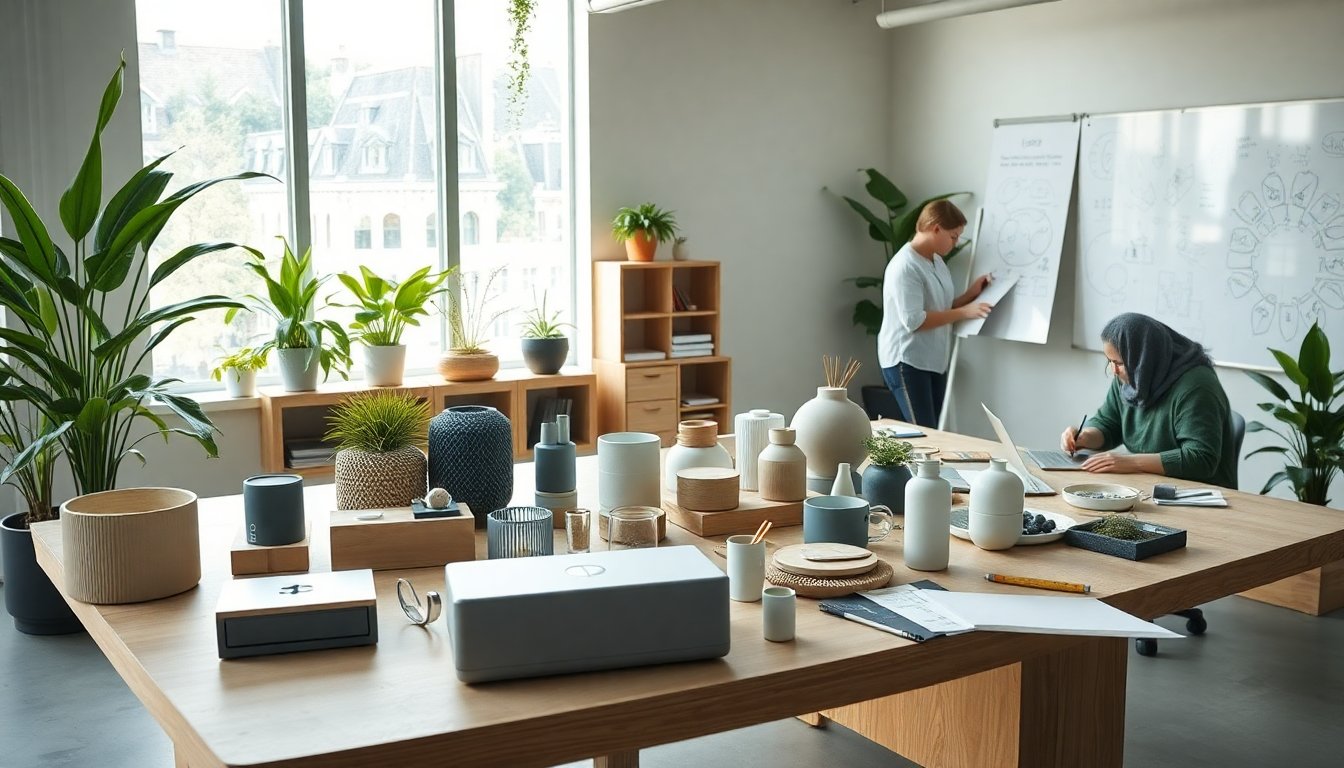Table of Contents
The importance of circular design in sustainable business
In today’s evolving market, circular design is becoming a vital component of sustainability. Companies are increasingly aware that traditional linear models lack long-term viability. They are transitioning to a circular economy that emphasizes resource reuse and minimal waste.
This approach benefits the environment while also creating substantial business opportunities.
Business case and economic opportunities
From a business perspective, adopting circular design principles can result in significant cost savings through decreased material use and waste disposal expenses. For example, companies that implement life cycle assessments (LCA) can pinpoint areas for improvement and innovation, ultimately enhancing their product offerings.
How to implement in practice
Implementing circular design necessitates a comprehensive approach. Businesses should begin by evaluating their current operations and identifying scope 1, 2, and 3 emissions. This assessment aids in understanding the full impact of their activities and in establishing realistic carbon neutral objectives.
Forming partnerships with suppliers who prioritize sustainability can also ease the transition.
Examples of pioneering companies
Leading companies across various sectors have effectively integrated circular design into their operations. For instance, Unilever has pledged to ensure all its plastic packaging is recyclable, reusable, or compostable by 2025.
Similarly, IKEA aims to become a circular business by exclusively using renewable or recycled materials in its products by 2030.
Roadmap for the future
Looking forward, businesses must continue to innovate and align with the principles of circular design. This requires investing in new technologies, rethinking product designs, and nurturing a culture of sustainability within the organization.
By doing so, companies can not only comply with regulatory demands but also enhance their brand value and customer loyalty.
Circular design represents not merely a trend but a business case that harmonizes environmental responsibility with economic feasibility. As the focus shifts towards a more sustainable future, the adoption of circular practices will be crucial for businesses aiming to succeed.





